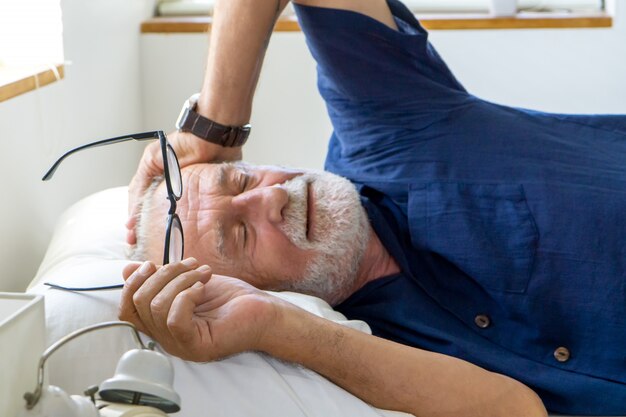Understanding the Pace of Parkinson's Disease Progression
Parkinson's disease, a neurodegenerative disorder that primarily affects movement, often leaves individuals and their families grappling with many questions, chief among them: "How fast does it progress?" The challenge lies in the fact that Parkinson's can vary significantly from person to person, making it essential to understand the potential trajectories and how to prepare for each stage. This knowledge not only aids in emotional planning but also plays a critical role in managing financial and care-related resources.
Variability in Parkinson's Progression
Parkinson's disease progression is notably unpredictable. For some, symptoms might remain mild and progress slowly, allowing years of relative normalcy. For others, the trajectory could be more pronounced. Typically, Parkinson's follows a pattern of five stages:
- Stage 1: Symptoms are mild and generally do not interfere with daily activities. Tremors and other movement symptoms occur on one side of the body.
- Stage 2: Symptoms worsen, and both sides of the body may be affected. Daily tasks take more time to complete.
- Stage 3: Mid-stage symptoms include a slowdown in movement and more noticeable balance difficulties, which can lead to falls.
- Stage 4: Symptoms are severe and significantly limit daily living. The individual may require assistance with routine tasks.
- Stage 5: Mobility is severely compromised, and around-the-clock assistance is typically required.
On average, moving from stage 1 to stage 5 can take around 20 years, but this can vary widely. Genetics, overall health, and the response to treatment can influence the rate of progression.
Financial Considerations in Parkinson's Care
Understanding Parkinson's progression is crucial for planning not just medically but also financially. The cost of managing the disease can mount quickly, encompassing medication, therapy, and long-term care — considerations that necessitate robust financial planning.
Government and Financial Assistance
Living with Parkinson's often requires financial foresight. Fortunately, there are government aid programs and financial resources designed to alleviate some of the burdens:
- Medicare and Medicaid: These programs can cover many medical expenses related to Parkinson’s, including hospital stays, physician visits, and some medication costs.
- Supplemental Security Income (SSI): Provides monthly stipends to meet basic needs for those with financial limitations and disabilities.
- Social Security Disability Insurance (SSDI): Offers benefits to those who have worked and paid Social Security taxes but can no longer work due to disability.
Proactive Financial Planning
- Health Savings Accounts (HSAs): Useful for accumulating funds tax-free for medical expenses.
- Long-term Care Insurance: May cover the cost of nursing homes or in-home care, depending on the policy.
- Legal Preparation: Preparing legal documents early, such as living wills or power of attorney, can ensure healthcare and estate plans align with personal wishes.
Educational and Credit Support
Sustainability during Parkinson's progression isn't limited to healthcare; it extends to maintaining financial stability through educational resources and credit solutions, especially if one’s ability to work is affected.
- Debt Relief Programs: Assist in restructuring existing debts to manage financial liquidity.
- Credit Counseling Services: Provide strategic advice on cutting back expenses and improving credit scores.
- Educational Grants: For caregivers and family members who may need to shift their focus to caregiving. These grants support career transitions or diversifying skills.
Engaging proactively with potential resources can significantly enhance the quality of life for Parkinson's patients and their families.
Helpful Resources for Financial and Educational Support
- 💰 Medicare/Medicaid: Healthcare cost coverage for Parkinson's-related expenses.
- 🏛 SSI and SSDI: Income support for those with disabilities.
- 🏡 Long-term Care Insurance: Helps cover assisted living and in-home care.
- 📚 Educational Grants: Support for caregivers managing dual roles.
- 📈 Debt Relief Programs: Manage financial obligations effectively.
- 💡 Credit Counseling: Improve financial health while managing expenses.
Every step counts in managing Parkinson's disease effectively. Understanding the potential progression paves the way to organize resources, ensuring patients and their families can focus on what truly matters: quality of life.

Related Topics
- Are There Environmental Causes Of Parkinsons
- Can Alcohol Cause Parkinson's
- Can Concussions Cause Parkinson's
- Can Concussions Cause Parkinson's Disease
- Can Dogs Get Parkinson's Disease
- Can Dogs Get Parkinsons
- Can Dogs Have Parkinson's
- Can Dogs Have Parkinson's Disease
- Can Females Get Parkinson Disease
- Can Head Trauma Cause Parkinson's